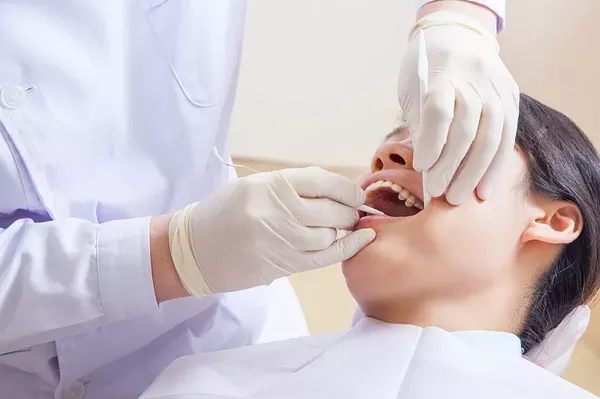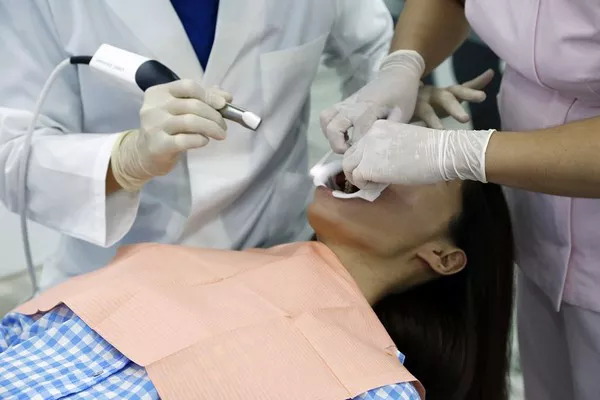Gum disease, also known as periodontal disease, is a progressive condition that affects the health of your gums and the supporting structures of your teeth. In its early stages, gum disease is reversible with proper care and treatment. However, as the disease advances, it can lead to irreversible damage and complications. Many individuals wonder, “When is it too late to reverse gum disease?” In this article, we will explore the stages of gum disease, the importance of early intervention, and the point at which gum disease becomes challenging to reverse.
Understanding the Stages of Gum Disease
Gum disease progresses through several stages, each with varying levels of severity:
Gingivitis: Gingivitis is the earliest stage of gum disease. It is characterized by inflammation of the gums due to the buildup of plaque—a sticky film of bacteria—along the gumline. Common symptoms include redness, swelling, tenderness, and bleeding gums during brushing or flossing.
Periodontitis: If gingivitis is left untreated, it can progress to periodontitis. In this stage, the inflammation extends deeper into the supporting structures of the teeth, including the bone. Pockets may form between the teeth and gums, allowing bacteria to accumulate.
Advanced Periodontitis: At this stage, the pockets deepen further, and the bone and connective tissues that hold the teeth in place are progressively destroyed. This can lead to tooth mobility, shifting, and even tooth loss.
The Importance of Early Intervention
The key to successfully treating gum disease lies in early intervention. Gingivitis, the earliest stage of the disease, is reversible with proper care. Regular dental checkups and professional cleanings are crucial for monitoring and addressing gum health. When detected early, gingivitis can often be managed with improved oral hygiene practices, professional cleanings, and education on proper brushing and flossing techniques.
When Does Gum Disease Become Irreversible?
While gingivitis is reversible, the transition to periodontitis marks a critical point in the progression of gum disease. At this stage, the damage to the underlying bone and tissues becomes more significant. While periodontitis is not completely irreversible, the goal shifts from reversal to managing the disease to prevent further deterioration.
Once periodontitis has advanced, the ability to fully restore the damaged tissues and bone diminishes. The pockets that form between the teeth and gums can harbor bacteria that are difficult to remove through regular oral care practices alone. Dental professionals may recommend more intensive treatments, such as scaling and root planing, to remove tartar and bacteria from below the gumline. In some cases, surgical procedures may be necessary to reduce pocket depth and regenerate lost bone and tissue.
Factors Affecting Reversibility
The extent to which gum disease can be reversed depends on several factors:
Stage of Disease: Reversal is most achievable during the early stages of gum disease, such as gingivitis. The sooner the disease is detected and treated, the greater the likelihood of successful reversal.
Individual Response: Individual responses to treatment can vary. Some individuals may respond well to treatment and experience improved gum health, while others may require more extensive interventions.
Compliance: Patient compliance with recommended oral care practices and professional treatments is crucial for successful reversal. Consistently following a proper oral hygiene routine and attending regular dental checkups are essential.
Maintaining Gum Health
Even if gum disease has progressed beyond the reversible stage, it’s never too late to focus on maintaining gum health and preventing further deterioration. Adopting a proactive approach can help manage the disease and improve your overall oral well-being:
Regular Dental Visits: Continue to visit your dentist for regular checkups. Dental professionals can monitor your gum health and recommend appropriate treatments.
Professional Cleanings: Professional cleanings are essential for removing tartar buildup and bacteria that contribute to gum disease.
Home Care: Practice thorough oral hygiene by brushing twice a day, flossing daily, and using an antimicrobial mouthwash as recommended by your dentist.
Healthy Lifestyle: Maintain a balanced diet, avoid smoking, manage stress, and stay hydrated to support gum health.
Consult Your Dentist
If you suspect gum disease or experience symptoms such as bleeding gums, bad breath, or gum inflammation, consult your dentist promptly. Your dentist can assess the stage of the disease, recommend appropriate treatments, and guide you on the best strategies for managing and improving your gum health.
Conclusion
Gum disease is a progressive condition that can be reversed in its early stages with proper care and treatment. Early intervention is essential for successfully managing and halting the progression of gum disease. While the extent of reversibility varies based on factors such as disease stage and individual response to treatment, a proactive approach to maintaining gum health can lead to improved oral well-being. Whether in the reversible stages of gingivitis or the more advanced stages of periodontitis, seeking professional guidance, practicing good oral hygiene, and adopting a healthy lifestyle are vital steps toward achieving and maintaining optimal gum health
Related Topics:




























